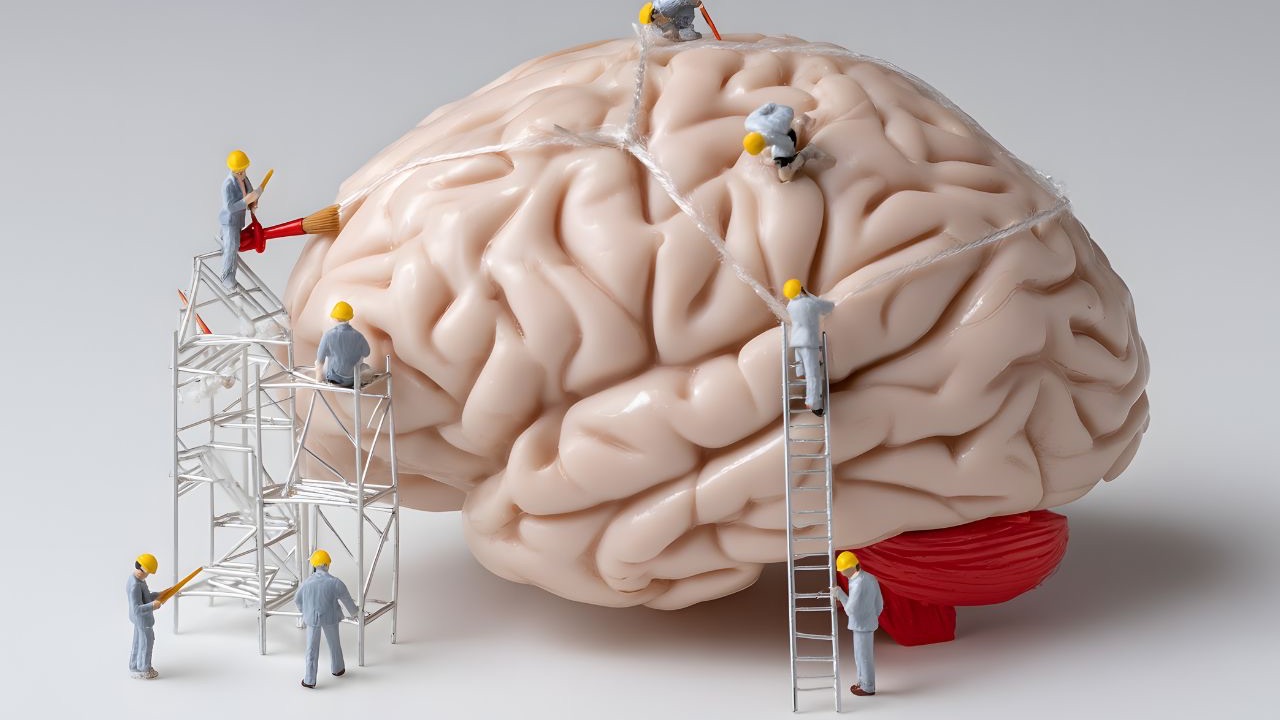The Insightful Brain: Facilitating The "Aha" Moment

When it comes to problems, whether in work or life, we’ve all had an “Aha” experience: where a solution suddenly emerges into awareness, and often with a positive, motivating energy.
Such an experience has been referred to as insight.
Insight, as a “thinking mode” of solving problems, has been shown to be faster and more accurate than analytical thought, for many types of problems.
While it may be tempting to argue that insight is the preferred method of problem-solving, as it has often been found to result in more correct solutions, it may well be that it depends upon the nature of the problem. Research has shown that when the nature of the problem tends to be emotion-arousing, more subjective than objective, and when there is no organizing principle or algorithm available, insight may be the better route for problem-solving.
In contrast, analytical thinking appears to be better suited to solving problems that have some sort of organizing principle, when strict rules need to be followed, or when objectivity or logical inference come into play. One example would be the difference between helping someone with a relationship issue, where insight may be more appropriate, versus analyzing their business to see where costs could be reduced, or leads, customers, or revenue could be increased.
Although an explanation of these two seemingly different thought-modalities can help us understand differences in approaching problem-solving, they are not necessarily stand-alone isolated processes that one just decides to adopt based on the problem at hand. While a complete unpacking of insight and analytical thinking-modes is beyond the scope of this article, here are three approaches that we know from neuroscience and psychology research to consider when working with clients.
1. Insight-solutions are generated non-consciously, and only after a period of consciously working hard on the problem followed by diverting attention away from the task at hand. The anterior cingulate cortex (a part of the brain that monitors and detects surprising outcomes) may switch our attention to the subconsciously generated solution, once it has detected it.
The implication here is that the belief that a solution to any problem is derived from unrelenting analysis needs to be curtailed. Insight appears to require a period of working hard (perhaps even analytically), but this needs to be followed by a deliberate lack of conscious attention on the problem.
2. Research suggests that problem-solving strategies can be influenced by the mood state that precedes its use. Generally speaking, people solve more problems when they are feeling positive, for example, by being in a positive mood. This is especially the case in relation to insight. In contrast, anxiety inhibits the finding of solutions based on insight. In other words, one may need to be aware of the importance of inducing a positive mood to facilitate insight.
3. Research has also demonstrated that distant-future oriented questions appears to prime more abstract thinking and impede concrete thinking, thus facilitating insight more easily. In contrast, immediate-future oriented questions appear to facilitate more concrete thinking and inhibit insight-solutions.
Knowing when and how to use both insight and analytical thinking-modes is key to solving problems and making decisions. However, it is important to remember that when solving problems it may not be as simple as applying one or the other. It may be more accurate to refer to analytical and insight thinking-modes in a more metaphorical sense, rather than seeing them as two distinctly different opposing processes. However, recognizing when insight or analytical thinking-modes may be more appropriate can greatly enhance our ability to facilitate positive lasting change.





